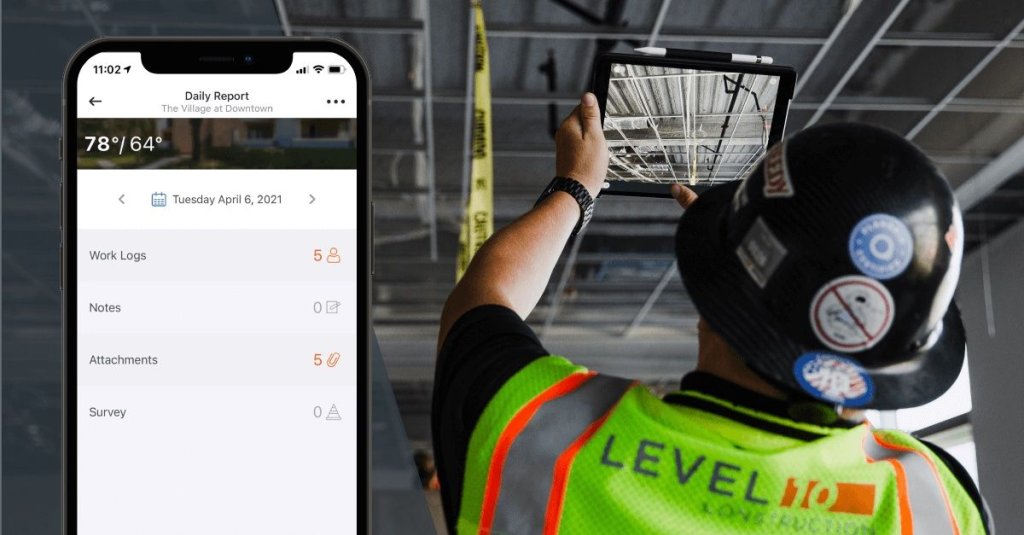With environmental issues like climate change and dwindling natural resources becoming growing concerns, construction companies are taking responsibility. Modern contractors must consider the effects their work will have on the health and safety of the global population.
Following green, sustainable construction practices isn’t just a good idea, it’s a necessity to preserve quality of life on our planet. But how can you ensure your project is environmentally-friendly from start to finish?
Like any other goal, sustainability starts with careful planning and documentation.
What is sustainable construction?
Sustainable construction aims to have as little negative impact on the environment as possible. Contractors can incorporate sustainable practices in every stage of a project, including planning and implementation. The environmental impact of both the actual construction process and the finished product should be taken into account.
The main goals of sustainable construction are to prevent further climate change, protect natural resources, promote the use of renewable materials, and preserve human health.
How can I follow sustainable construction guidelines?
Set standards.
While most contractors have the best intentions when it comes to sustainability, it isn’t always easy to put those values into practice. Adopting official requirements like those set forth by the U.S. Green Building Council’s LEED certification program can help.
LEED—which stands for Leadership in Energy and Environmental Design—offers clear-cut standards for sustainable construction in several different categories, like building design, interior design, building maintenance, neighborhood development, and more. Following these guidelines, project managers can carefully plan and budget a sustainable construction project.
Document your progress.
High quality reporting data is important for sustainable construction in general and essential for achieving LEED certification, which requires contractors to submit detailed documentation proving the official standards have been met.
With good documentation, you’ll accurately track materials and equipment used. You can better monitor progress and compare work completed to the original plans.
Better documentation also reduces work errors. When project managers and other stakeholders can review consistent data from the jobsite, they will more easily catch potential concerns and correct them as soon as possible, preventing rework or waste and further reducing negative environmental effects.
Use digital reporting.
Go green.
Not only is digital reporting more accurate than pen and paper, it’s also greener. With less waste and a more consistent format than paper reporting, going digital will help you set expectations with your field team and allow them to more quickly capture the information you need to keep your sustainability goals on track. Plus, with a construction document management system, data is instantly shared with team members, which means no more printing out or making copies, cutting down your paper consumption.
Photo and video documentation
Digital reporting makes photo and video documentation easy, increasing your visibility into day to day progress. You’ll see visual proof the right materials are being used and sustainable construction practices are being put into effect.
How can Raken help you meet sustainability goals?
Our digital daily reporting solution helps your field team collect consistent, accurate data from the jobsite. Field contractors can use Raken to easily capture photos and videos and share it with the office in real-time. Check out our construction daily report example or schedule a demo to see Raken in action.
